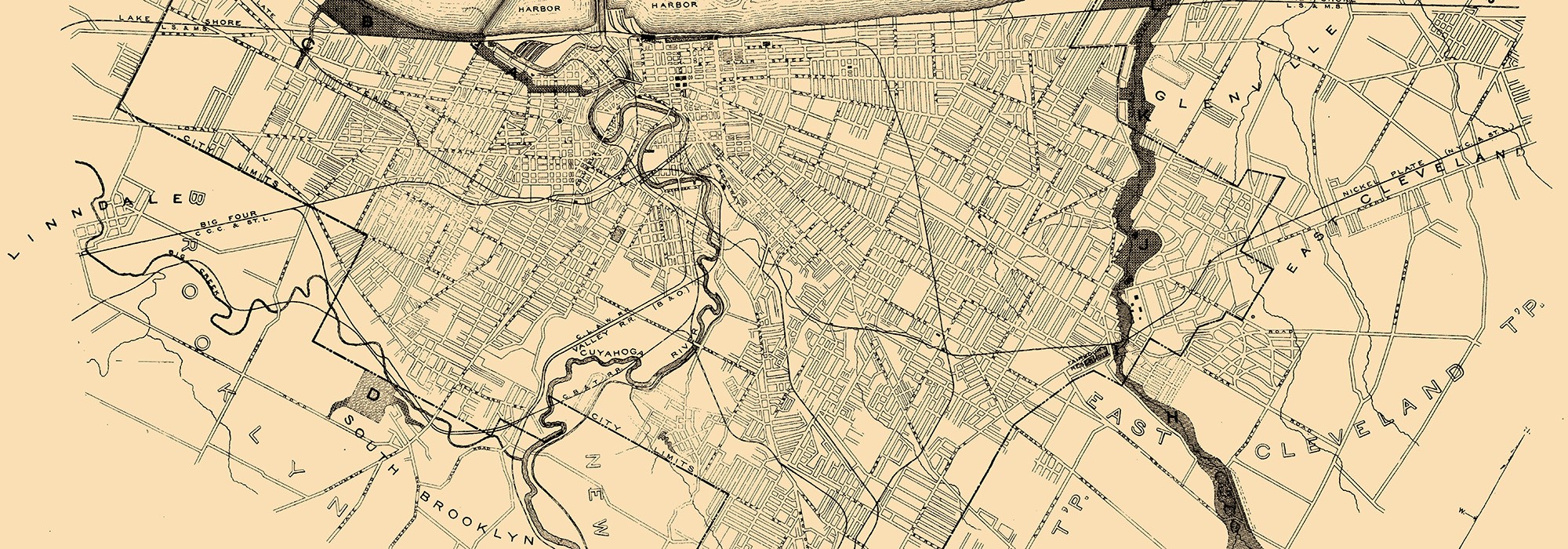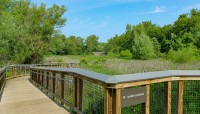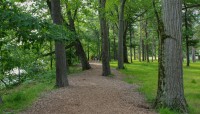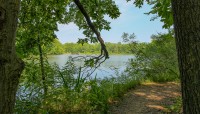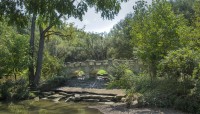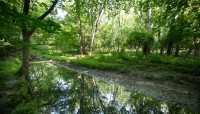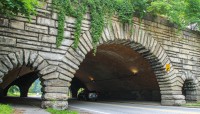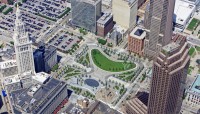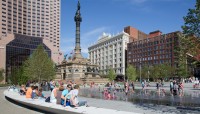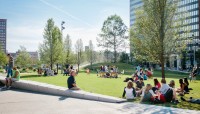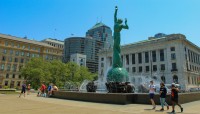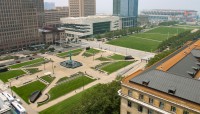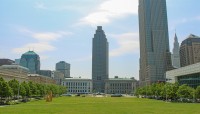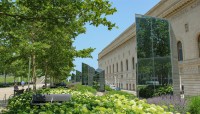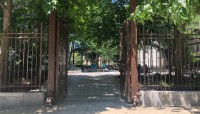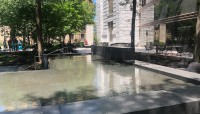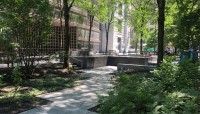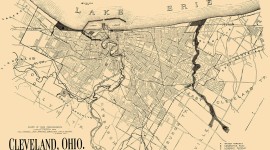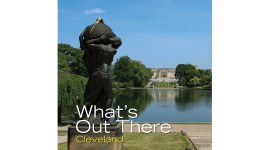Landscape Information
By 1890 the population of Cleveland swelled to exceed 200,000 people, yet unlike comparable cities, such as Boston and Chicago, Cleveland lacked a comprehensive park system, and only eight parks, totaling less than 100 acres, were available to the public. In 1892 William Gordon bequeathed 122 acres of his lakefront estate to the city, enabling the creation of Gordon Park the following year.
In 1893 the Ohio Park Act afforded park boards throughout the state increased authority to appropriate parkland and issue bonds, and a new five-member board of park commissioners was established in Cleveland. The commissioners elected to locate several large parks along the city’s periphery, from forested valleys to lakeshore beaches and bluffs. In 1894 they appointed Boston landscape gardener Ernest Bowditch to implement the work.
To complement Gordon Park in the east, the commissioners purchased 89 acres of lakefront property west of the city in 1894, establishing Edgewater Park. That same year the board formed Brooklyn Park (now Brookside Reservation) in the Big Creek Valley southwest of the city and created Newburgh Park (now Garfield Park) south of the city in a wooded valley formed by the Mill and Wolf Creeks. By 1896, large portions of the Doan Brook Valley were acquired, enabling the creation of a ribbon of parks, extending from Gordon Park to Shaker Lakes to the south. To enhance connectivity, curvilinear parkways were laid out by Bowditch near Edgewater Park and throughout the Doan Brook Valley, providing a foundation for an interconnected system of parks, boulevards and parkways in the future.



